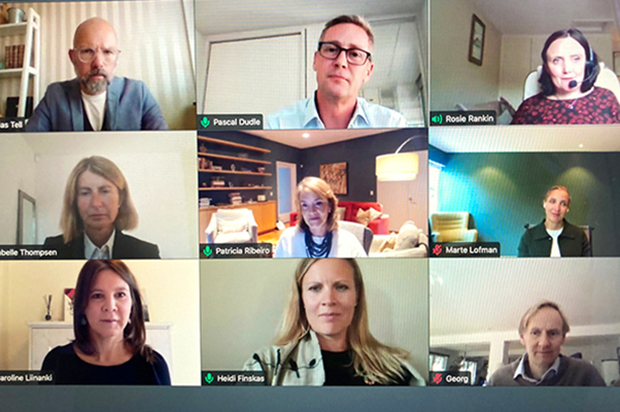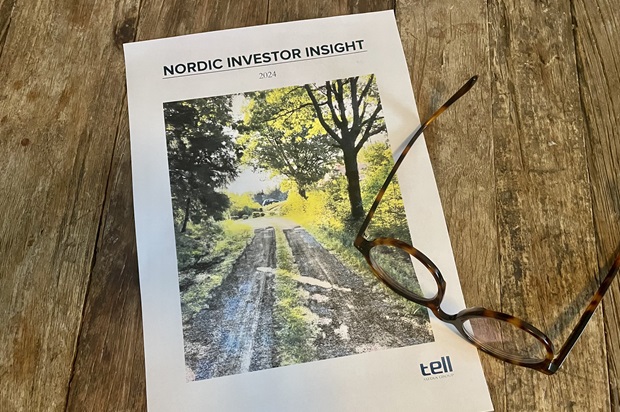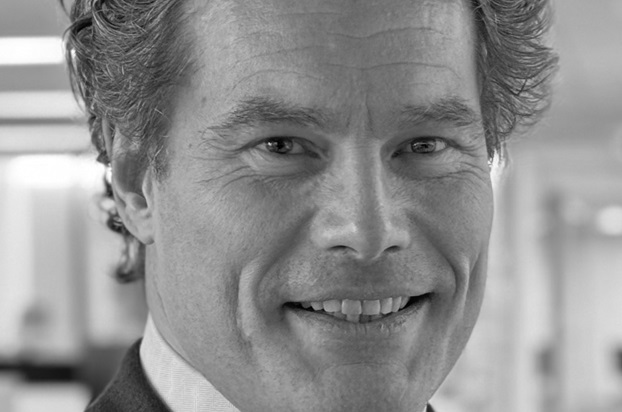
Definition and measurement dilemmas in the impact space
Earlier this fall, Tell Media Group, in cooperation with American Century Investments, Baillie Gifford and Vontobel Asset Management, invited Norwegian investors to discuss impact investing. Tell Media Group founder Niklas Tell and Nordic Fund Selection Journal editor Caroline Liinanki moderated the roundtable.
As participants gathered in front of computer screens rather than face-to-face in central Oslo due to the current meeting and travel restrictions, Caroline Liinanki initiated the discussion by asking the participants how they would define impact investing and to what extent the terminology is a challenge.
HEIDI FINSKAS: “The clean definition of impact investing would be an investment with a dual objective. The financial return, of course, but also an explicit social return or a development impact effect of some kind. But I think we’ve seen recently that more and more investors are using that term for more traditional investments as well. So I think the term has undergone a journey from something that was more philanthropic in the past to the dual objective with both financial returns and the development impact to now, where we see investors using the impact term for all kinds of investments. But still, I would prefer the dual objective.”
MARTE LØFMAN: “The idea of intention is part of the Global Impact Investing Network’s definition, which I think is the consensus these days. And I think it’s great that we have consensus on the impact investing definition. Then in practice, it gets difficult because it could include so many different types of investment strategies. There’s also the measurability. As an impact investor, you really commit yourself to measure what positive environmental or social impact you’re having. I think that’s part of what separates it from sustainable investing in general, which definitely could overlap, but there’s not always that attention on the measurable aspects.”
ISABELLE THOMPSEN: “I also think the definition has evolved over time. There was this idea that the financial return would not align with that kind of positive intention or positive impact that you wanted to derive. But, as Heidi mentioned, there’s a move towards more of a generalisation of impact investing. And I think this has to do with the SDGs, which has provided a framework where most investors want to highlight what kind of contribution or alignment to the SDGs they have through their portfolios. So I think that’s why the term has become more widely used. I think the measurement dimension is the part that’s very difficult. Most investors are still at the stage where you can say where you’re aligned and where you’re not aligned and what kind of positive or negative impact your portfolio has but how to measure it is still a challenge. And I think that has to do with the availability of data.”
GEORG SKARE LUND: “I very much agree to what has already been said. And just to follow up on what Isabelle just mentioned, I think measurability is a key criteria for real impact investing. I think you said, Marte, that intentionality is important but that’s just a wish, right? It’s not impacting investing if you don’t achieve anything. I think when it comes to measurement, there’s a philosophical challenge in what to measure. If it’s something that’s already available in the market in a sufficient quanta, you can’t really call it impact investing. So I think we need an additional criteria for impact investing: additionality. That means that you’re providing something in addition to what’s already there and something that is a necessity. If you just buy into renewable energy plants that are already out there, are you really influencing the world in a positive way? I’m not so sure if you do. You could measure how much clean energy you produce but what if that capacity was already in place before you bought it? You could argue that by buying this power plant, you provide more capital and the company’s cost of capital will decrease and it could perhaps make further investments because the cost of capital is low or profitability has increased. But where should you draw the line and what is really additionality? I think that’s hard to say. And I think most managers would have an incentive to exaggerate their impact a little bit. So it would be beneficial for the industry with a standard criteria and guidelines for how to measure impact.”
The roundtable discussion was published in issue 05 of Nordic Fund Selection Journal and a PDF of the complete story can be found here.
//Roundtable participants
- MARTE LØFMAN: Head of impact investing at Grieg Investor
- HEIDI FINSKAS: Vice president for corporate responsibility at KLP
- GEORG SKARE LUND: Head of fund selection at Storebrand Asset Management
- ISABELLE JUILLARD THOMPSEN: Portfolio manager at Gjensidigestiftelsen
- PATRICIA RIBEIRO: Senior portfolio manager at American Century Investments
- ROSIE RANKIN: Director, positive change strategy at Baillie Gifford
- PASCAL DUDLE: Head of listed impact investing at Vontobel Asset Management



